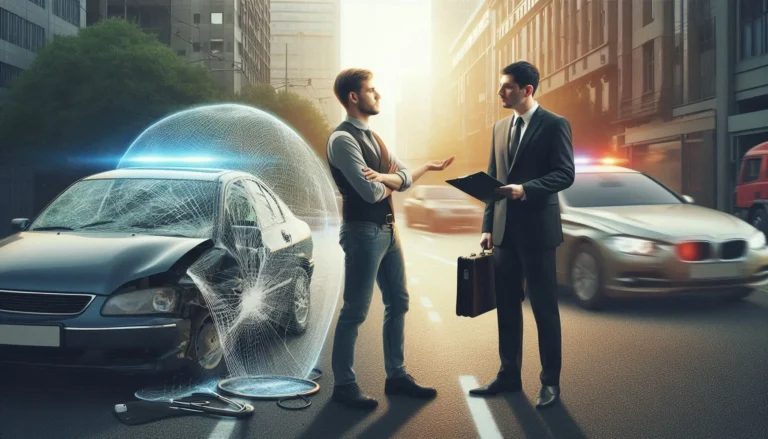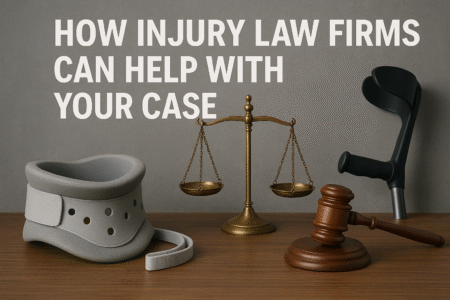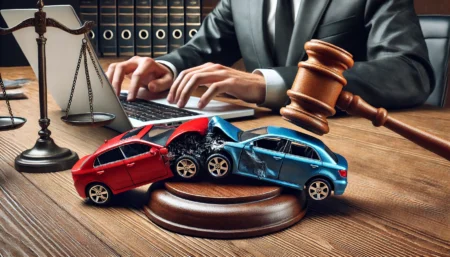Immediate Safety Measures
Any collision, whether a minor fender-bender or a more severe crash, can leave all involved stunned and overwhelmed. But in those first seconds, shifting your focus to safety is crucial. The best thing you can do is remain calm—deep breaths help steady your nerves enough to reason. Immediately, switch on your hazard lights to warn other motorists, and check your surroundings for ongoing dangers like oncoming traffic, leaking fluids, or damaged power lines. If your vehicle poses a hazard or could cause another accident, and you’re uninjured, steer it out of the traffic flow carefully. If the car is immobile, stay inside with your seatbelt fastened until emergency help arrives, unless it’s unsafe.
Road safety experts consistently stress the value of acting fast and decisively in these moments. Following official government road safety guidelines can help eliminate confusion in high-pressure situations. It’s during this critical period that knowing whom to consult can make all the difference. Individuals involved in accidents, especially those facing injury or property damage, often benefit from advice or services from an Albuquerque personal injury lawyer who can help navigate the insurance process and legal considerations. Having a professional’s perspective early can be helpful, giving peace of mind and ensuring that mistakes or omissions do not complicate an already stressful situation. Accurate documentation is also essential—take clear photos of the scene, vehicle damage, license plates, and any visible injuries. Exchange contact and insurance information with the other party, but avoid discussing fault at the scene. Lastly, seek medical attention even if injuries seem minor, as symptoms can surface hours or days after the incident.
Assessing Injuries And Seeking Help
After the scene is stabilized, shift your attention to checking for injuries. Not all injuries are known immediately—shock and adrenaline can mask pain or discomfort, so take a careful look at yourself and your passengers. Ask each person if they feel any aches, dizziness, shortness of breath, or pain. Be watchful for visible wounds, disorientation, or someone having trouble moving a limb. If you notice any bleeding, support the injured area, but don’t try to move an injured person unless there is immediate danger, such as a fire. Brushing off minor aches or a touch of dizziness is tempting, but hidden injuries can escalate if left untreated. According to insights from the Centers for Disease Control and Prevention, post-collision symptoms like headaches and abdominal pain might be signals of underlying trauma, such as a concussion or internal bleeding. When in doubt, call emergency services. Trained personnel can provide assessment and care that’s often impossible to manage independently, even if injuries seem minor. Immediate medical attention also produces crucial records that can make a difference in future insurance or legal discussions.
Documenting The Incident
Thorough documentation can make or break your case if insurance claims or future disputes arise. Use your smartphone or camera to take a series of clear photos from different angles—the goal is to capture not just the immediate damage to vehicles, but also skid marks, debris, traffic lights or signs, weather conditions, and anything else that shaped the events. Don’t forget photos of your injuries or those of your passengers, too, as visual proof is difficult to dispute and provides a helpful timeline. Jot down every detail you can remember: the exact time and place of the accident, what you did right before, weather conditions, and the reactions of other drivers or pedestrians in the area. If anyone witnessed the accident, ask for their name and contact information. Sometimes, it also helps to sketch a simple diagram to explain the series of events or record video as a real-time account of what you see. These steps, though small, will safeguard your interests later on.
Exchanging Information With Others
Once immediate safety and health checks are complete, it’s time to exchange information with any other drivers or road users involved. This step can feel tense, but staying polite, focused, and factual is key. Share your name, address, phone number, and insurance company. Get the same from others, along with their policy numbers, driver’s license data, and vehicle registration details. If there are passengers or eyewitnesses, collect their names and contact details.
- Insurance provider’s full name and policy details
- Owner and driver contact information
- Vehicle make, model, color, year, and license plate
- Accurate location and time data for the incident
- Eyewitness names and statements, if available
Try to avoid discussing who was at fault or how the incident happened. It’s best to keep emotions out of this process. Statements about blame should be left to investigators and insurers, who are trained to review facts impartially. Document everything so you have a clear record for future reference.
When To Contact Law Enforcement
In many places, contacting the police after an accident is a legal requirement, especially when there’s injury, property damage, or doubts about legal responsibility. Police officers don’t just help keep order—they document the event factually, interview those at the scene, and create an official report that can help clarify future disagreements. This objective account is trusted by insurance firms and often settles debates about circumstances or fault. When law enforcement arrives, provide your documentation and answer questions as clearly as possible. If you’re unsure about specifics, it’s okay to say so. Request a report number, the responding officers’ names and contact information, and ask where to obtain a completed police report in the coming days. This record becomes essential for insurance, legal proceedings, or correcting miscommunications.
Navigating Insurance Procedures
Once everyone is safe and details are exchanged, notify your insurance company immediately. Acting quickly speeds up the claims process. When you call, have all your notes, photos, and the police report ready to share. Your insurer will likely guide you through a sequence of steps: describing what happened, submitting any supporting documentation, and providing repair estimates. Some insurers will send an adjuster to inspect vehicle damage or may ask for additional evidence. It’s essential to be honest about what happened. Many worry about increasing premiums, but leaving out important information can create major headaches later. Keep copies of all correspondence with your insurer and write down the dates and times of phone calls. If you’re unsure about specific provisions in your policy—like coverage for rental cars or medical payments—don’t hesitate to ask. Staying proactive and thorough not only helps resolve claims faster, but it can also increase the likelihood of a favorable outcome.
- Call your insurance provider without delay and report the accident.
- Submit photographic evidence, written details, and any police or eyewitness reports.
- Retain and organize every written record, estimate, or letter related to your claim.
Common Myths After Accidents
- Myth: You should always move your vehicle off the road, no matter the situation.
- Fact: Move your car only if it’s safe and the law allows—sometimes, leaving vehicles in place is necessary for an accurate investigation.
- Myth: A police report is only helpful for major crashes.
- Fact: Many insurance claims—even those for minor damage—are easier to handle with an official police report.
- Myth: Minor pain or “no visible injuries” means you don’t need to see a doctor.
- Fact: Some injuries, such as whiplash or mild head trauma, may appear hours or days later. Medical records are also essential for future claims.
Helpful Resources For Accident Recovery
The road to recovery after an accident is not always straightforward. While dealing with vehicle repairs or insurance claims may take center stage, proper recovery includes your mental and physical well-being. Feeling a surge of anxiety, irritability, or trouble sleeping after a crash is common—don’t ignore these signs. Some people may also replay the accident in their minds, avoid driving, or experience headaches or chronic pain. Recognizing these symptoms early helps you seek the proper support. There is a growing understanding that emotional recovery can be as important as physical recovery. The National Institute of Mental Health provides resources for coping with traumatic events, including traffic accidents. Consider reaching out for professional help if you or a loved one struggles with anxiety, depression, nightmares, or other lingering symptoms after an incident. Family, friends, and support groups can make a significant positive difference. Small steps towards resuming regular routines, engaging in relaxing activities, and allowing yourself time to heal all contribute to a smoother recovery process. Above all, remember you’re not alone on the path to recovery. Thorough documentation, early medical care, emotional support, and clear communication with insurers and professionals—including options like a personal injury lawyer—create the foundation for your next steps. Mishaps are stressful, but with preparation and the right resources, you can regain confidence and move forward safely and securely.




